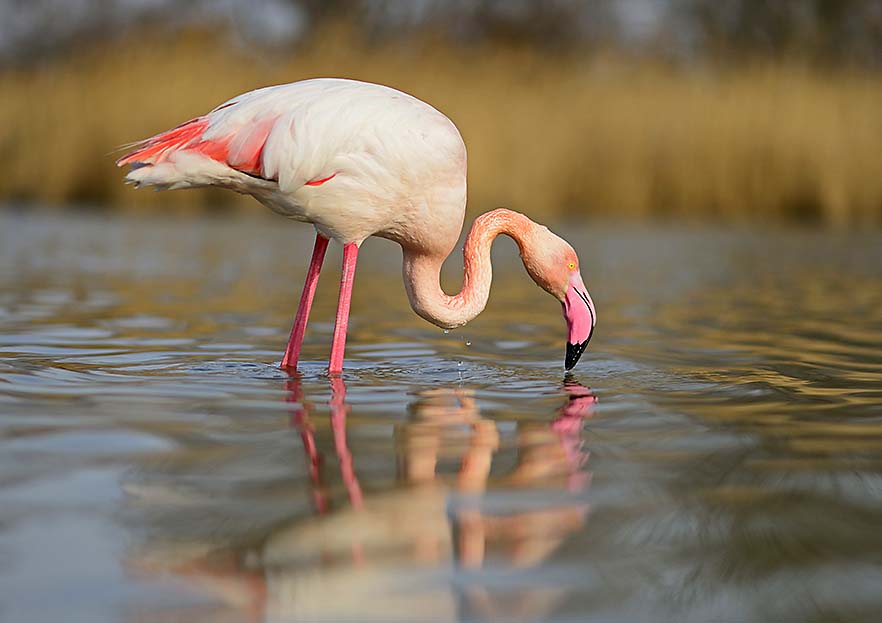Provence & the Côte d’Azur's Top 16
Provençal Markets
Stalls groaning with fruit and veg, trays of cheese and saucisson (dry cured sausage) to sample, stallholders loudly plying their wares – markets are an essential element of Provençal life. Practically every village has at least one weekly market, packed with locals shopping and gossiping, and dozens of stalls selling everything from locally farmed produce to spices, soaps and handmade crafts. For all-round atmosphere, Cannes' Marché Forville (
MAP
GOOGLE MAP
; rue du Marché Forville; ![]() h7am-1pm Tue-Sun), Nice's Cours Saleya (
MAP
GOOGLE MAP
; Cours Saleya;
h7am-1pm Tue-Sun), Nice's Cours Saleya (
MAP
GOOGLE MAP
; Cours Saleya; ![]() h6am-5.30pm Tue-Sat, to 1.30pm Sun) and the Friday morning market in Carpentras are hard to beat.
h6am-5.30pm Tue-Sat, to 1.30pm Sun) and the Friday morning market in Carpentras are hard to beat.

Top Experiences
The Luberon
With its hilltop villages, fields of lavender, rolling hills and laid-back lifestyle, the Luberon is the stuff of Provençal dreams. Attractions can be low-key: ambling in pretty villages, shopping at the weekly market, wine tasting and enjoying a long afternoon lunch on a panoramic terrace. They can also be energetic: the area is prime cycling territory, there are dozens of hiking trails and some unique spots to explore, such as the ochre quarries of Roussillon.

Top Experiences
The Three Corniches
This stunning trio of coastal roads offers the most outstanding overview (literally!) of the Riviera. The Corniche Inférieure skirts the glittering shores, with numerous swimming opportunities. Up in the hills, the jewel in the crown of the Moyenne Corniche is the medieval village of Èze, spectacularly perched on a rocky promontory offering awe-inspiring views of the coastline. And then there is the Grande Corniche, snaking along the 500m-high cliffs, with spectacular vistas at every bend.
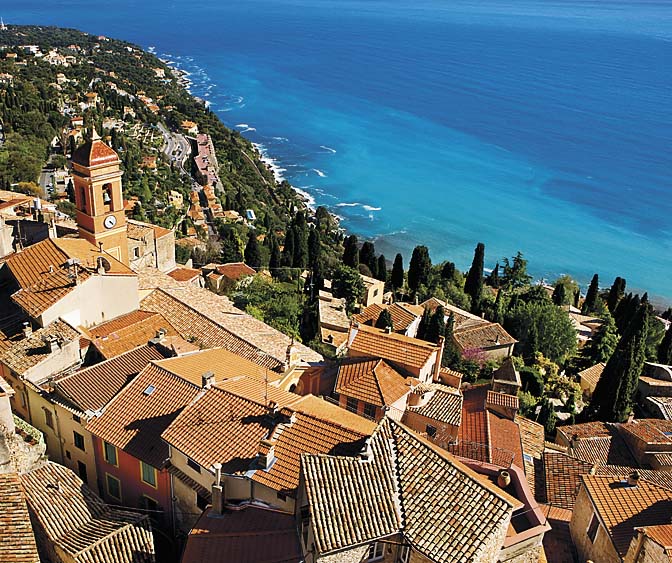
Top Experiences
Pont du Gard
One of the most grandiose examples of Roman engineering, the triple-tiered Pont du Gard stands 50m tall and 275m across. In its day the top tier watercourse carried an astonishing 20,000 cubic metres of water per day. The bridge's 35 arches majestically straddle the Gard River, and whether you walk across it or paddle underneath in a canoe, it is a magnificent sight. For historical context, there's a museum to visit, and there are plenty of walking trails to explore nearby.
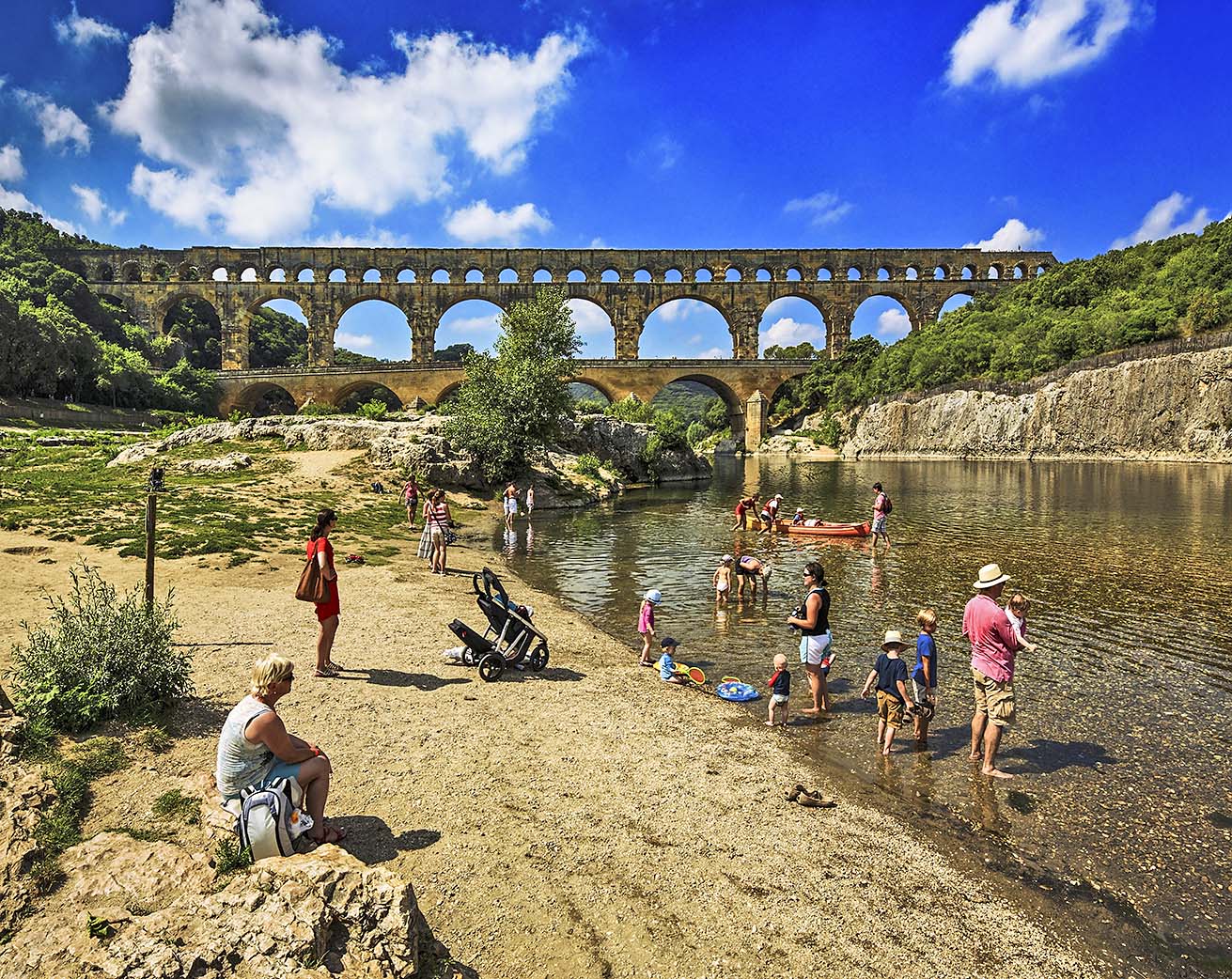
Top Experiences
Vieux Nice
The maze of Nice's old town is the most joyous part of this exquisite city. In the morning it teems with shoppers checking out the stalls of the market on cours Saleya and the town's numerous delis. In the afternoon tourists take over, lapping up ice creams, strolling along the atmospheric, boutique-lined alleyways and admiring the superb Baroque heritage. After dark, Vieux Nice's bars, pubs and restaurants kick into life, drawing a merry crowd of all ages.

Top Experiences
Gorges du Verdon
This massive canyon, 25km long and with cliffs that tower up to 900m high, is without doubt one of Provence's natural wonders. Gouged out over millennia by the Verdon River, it's a majestic sight, and there are so many ways to enjoy it: you can hike it, you can bike it, you can cruise along the cliffs, or you can thunder down the river on a raft or kayak. It's worth seeing both from above and below to get a proper perspective on the sheer scale of the thing.
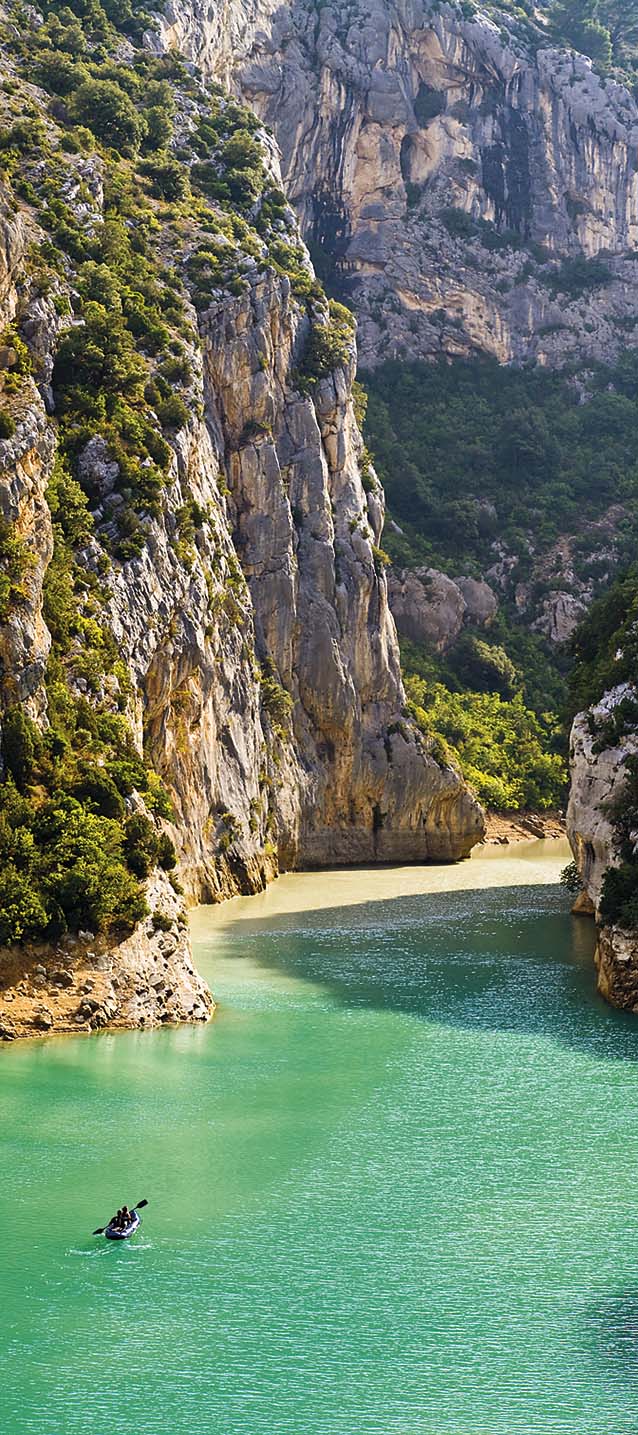
Top Experiences
Marseille
Fresh from its stint as the European Capital of Culture in 2013, rough-and-ready Marseille is a city on the up. As one of France's most ethnically diverse cities, it's a place that crackles with life and atmosphere, and a fresh crop of flagship museums (including the fantastic MuCEM) has only added to the city's appeal. The heart of town is the beautiful Vieux Port, the old harbour, which is lined with seafood restaurants – if you want to try authentic bouillabaisse, this is the place to do it.
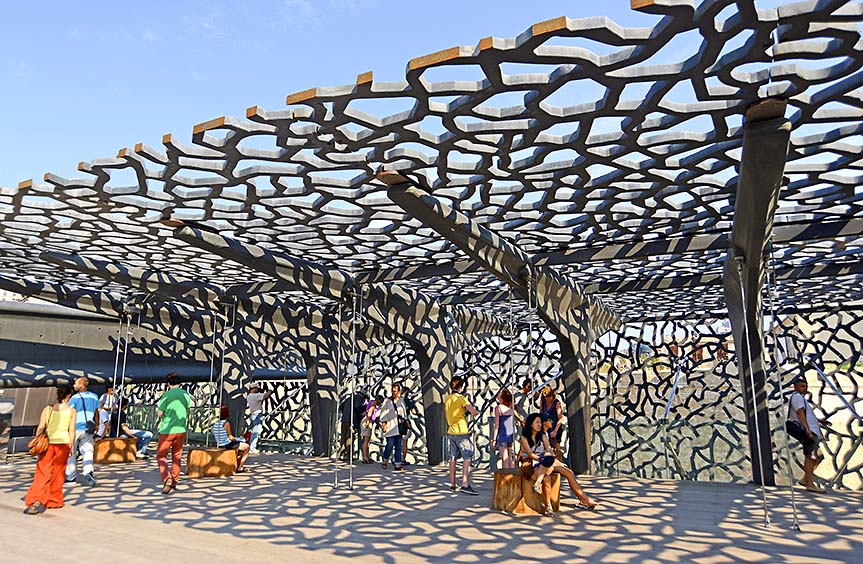
Top Experiences
Les Alpilles
Stretching between the Durance and Rhône rivers, this rumpled chain of hills is a favourite retreat for the rich, famous and beautiful, with celebrity-spotting potential aplenty. But it's also worth visiting for its gastronomy – the area is renowned for its top-quality olive oil, which is protected by its own Appellation d’Origine Contrôlée (AOC; a type of trademark). Local villages are also awash with stellar restaurants, especially around Les Baux-de-Provence and St-Rémy-de-Provence.

Top Experiences
Arles
Famed for its outstanding Roman architecture and for being the home of ill-fated impressionist Vincent Van Gogh, Arles is a delight: it's small, you can walk everywhere and there is something to see at every corner. There may not be any Van Gogh paintings to admire, but there are informative walking tours and art galleries in honour of the master. And then there is the food: Arles has some of the finest restaurants in the region, so don't leave without indulging in an evening of gastronomic dining.
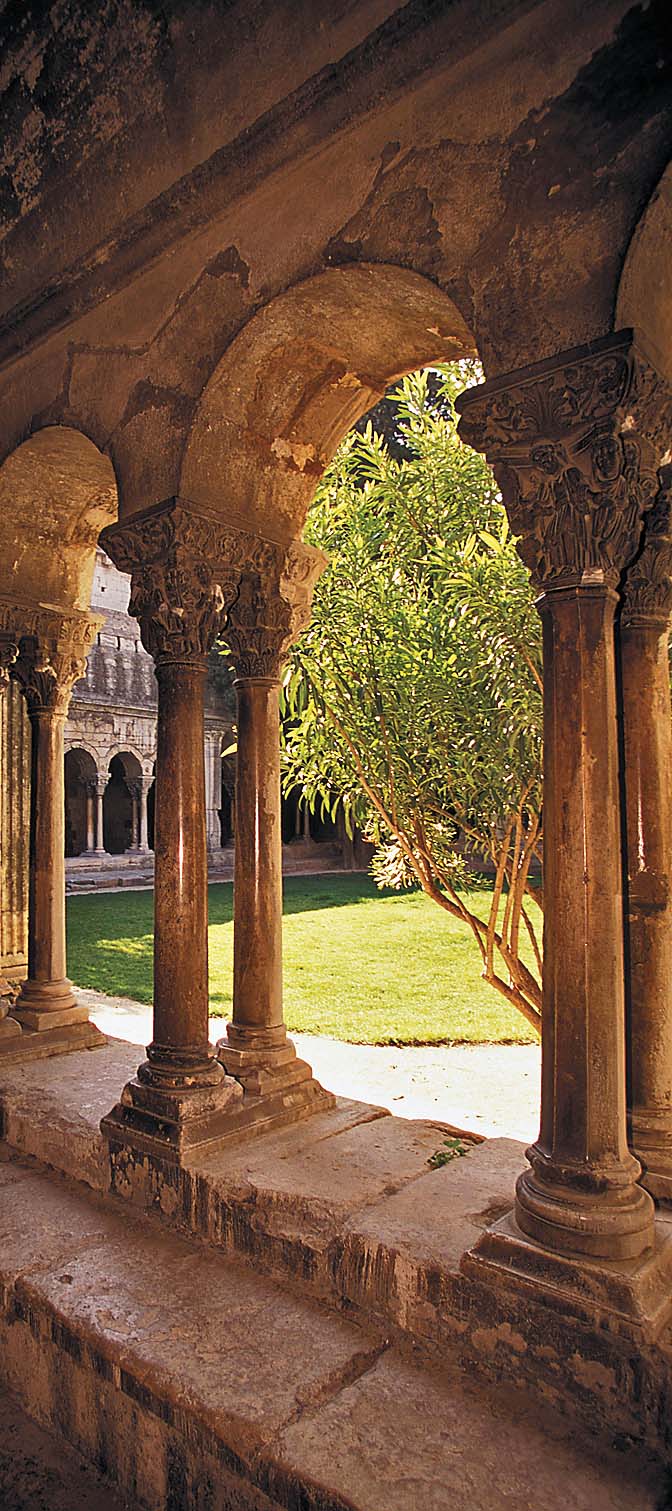
Top Experiences
Palais des Papes
The seat of papal power for much of the 14th century, Avignon's papal palace is by far the city's best-known landmark. But there are lots more historical buildings to discover – some of them now splendid hotels. The popes didn't just build a great city, however – they also planted some fine vineyards. Châteauneuf-du-Pape is without a doubt one of the world's great reds, and going on a wine-tasting tour is part and parcel of discovering the popes' legacy.

Top Experiences
St-Tropez & the Peninsula
The hang-out of choice for superstars and party animals in summer – and a strangely quiet, pretty seaside town the rest of the year – St-Tropez and the surrounding peninsula have something of a split personality. Throngs of summer holidaymakers relish the brilliant clubs, fine beaches (by far the best on the coast) and great eating. Come in June or September for atmosphere minus the crowds. In winter most of St-Tropez shuts up shop, and you'll more than likely have the beaches to yourself.
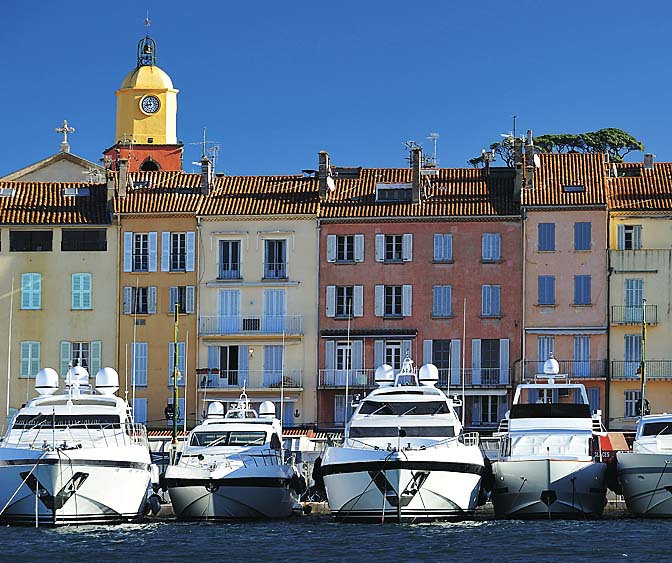
Top Experiences
Aix-en-Provence
Southern sophistication is everywhere on the streets of Aix-en-Provence, a graceful city with a rich artistic legacy: many impressionist and postimpressionist artists found inspiration here, most notably Paul Cézanne, whose old studio has been preserved largely unchanged since the artist's death. Elsewhere, the excellent Musée Granet houses one of the region's top art collections, with works by all the key names: Picasso, Matisse, Renoir, Gauguin and, of course, Cézanne himself.
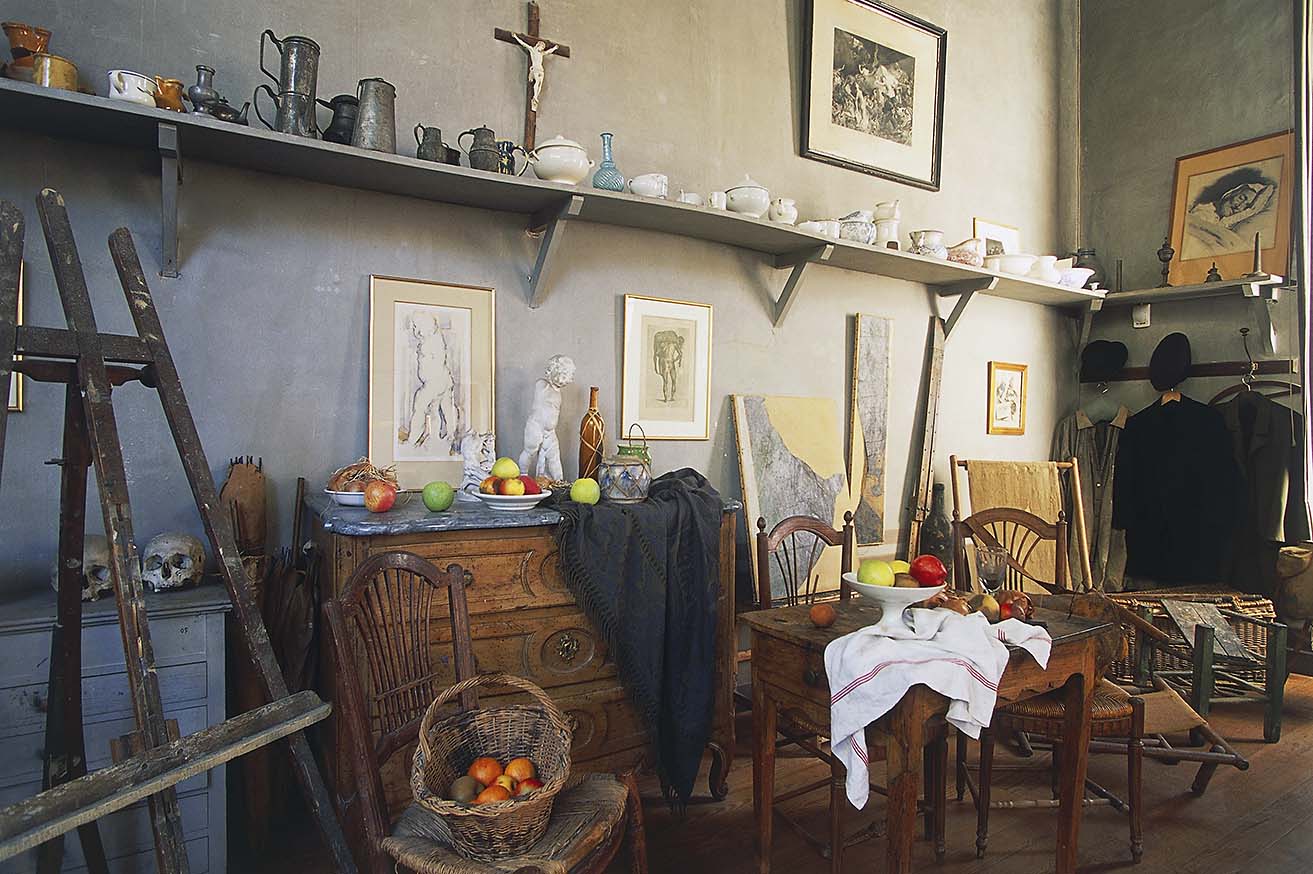
Top Experiences
Les Calanques
The coastline around Marseille is marked by high, rocky promontories known locally as calanques, rising like towers from the electric-blue waters of the Mediterranean. Since 2013, this 20km stretch has been designated France's newest national park, and its cliff-top trails, secret coves and powder-white beaches simply cry out for exploration. Many inlets can only be reached by boat or kayak – and outside the height of summer, you might well have them all to yourself.
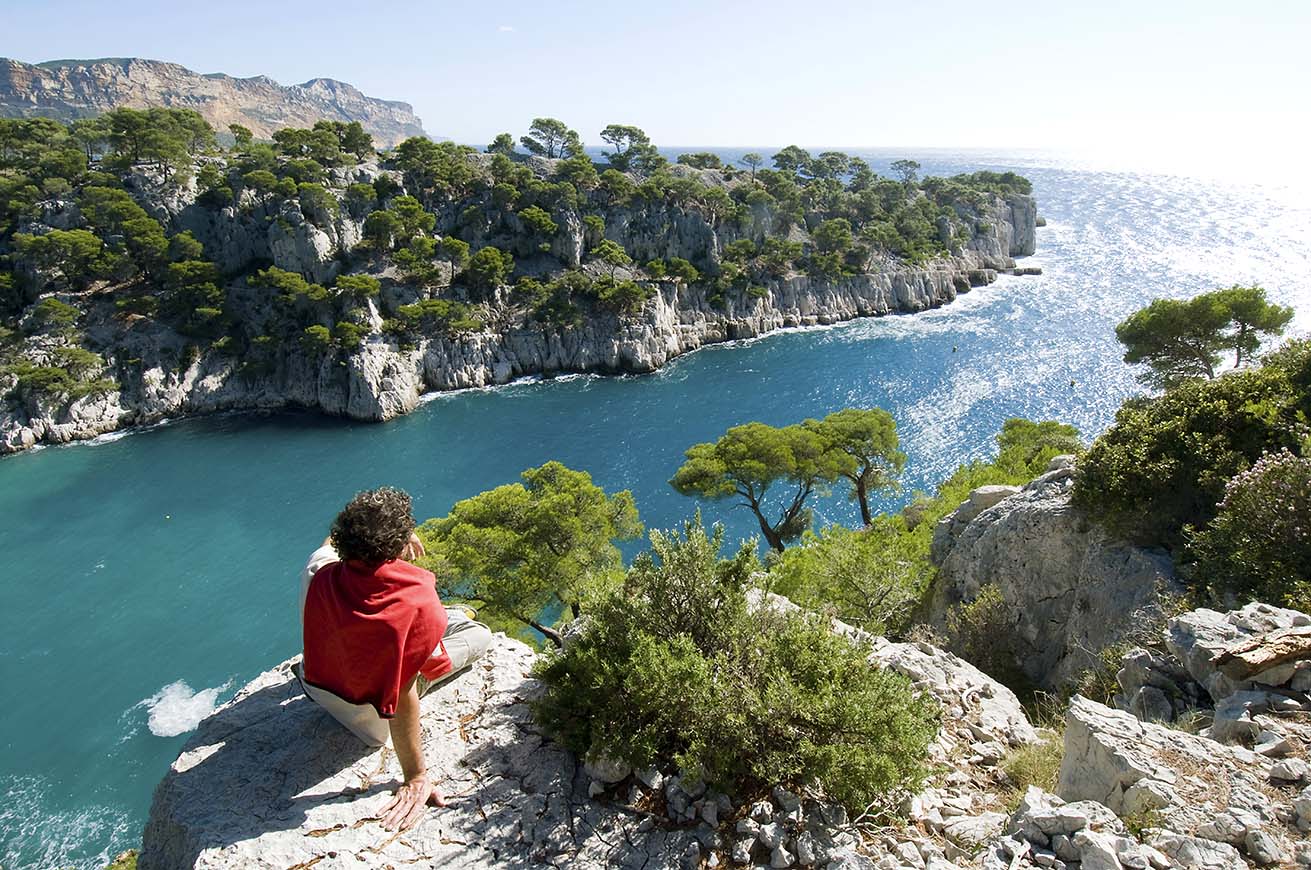
Top Experiences
Mont Ventoux
The defining feature of northern Provence, Mont Ventoux stands like a sentinel over the region's undulating landscape. Its reputation is mythical among cyclists, but everyone feels the pull of the géant de Provence (Provence's giant), be it for hiking, wildlife-watching (the mountain's biodiversity is second to none), scenic drives or panoramas. On clear days, you can see from Camargue to the Alps, and in winter, its snow-capped summit is an unforgettable sight.

Top Experiences
Monaco
With its skyscrapers, casinos, boutiques and yacht-packed harbour, high-rise Monaco has been for decades the favourite playground of Europe's elite. It's not exactly beautiful – although Monte Carlo has some fine belle époque buildings, chief among them the famous casino – but it has a certain undeniable cachet. Top things to do include visiting the Musée Oceanographique and watching the daily change of the guard at 11.55am.

Top Experiences
The Camargue
Pan-flat and pocked with lagoons and salt marshes, the Camargue is like a little world of its own. This massive wetland is a wonderful place to escape the hustle and bustle of the coast, whether that means horse riding along the trails, canoeing the reed-lined channels or spotting the Camargue's famous flamingos. It's a region steeped in tradition and culture, upheld by the gardians (cowboys), who herd the Camargue's wild horses and hold their own festival in Arles every May.
